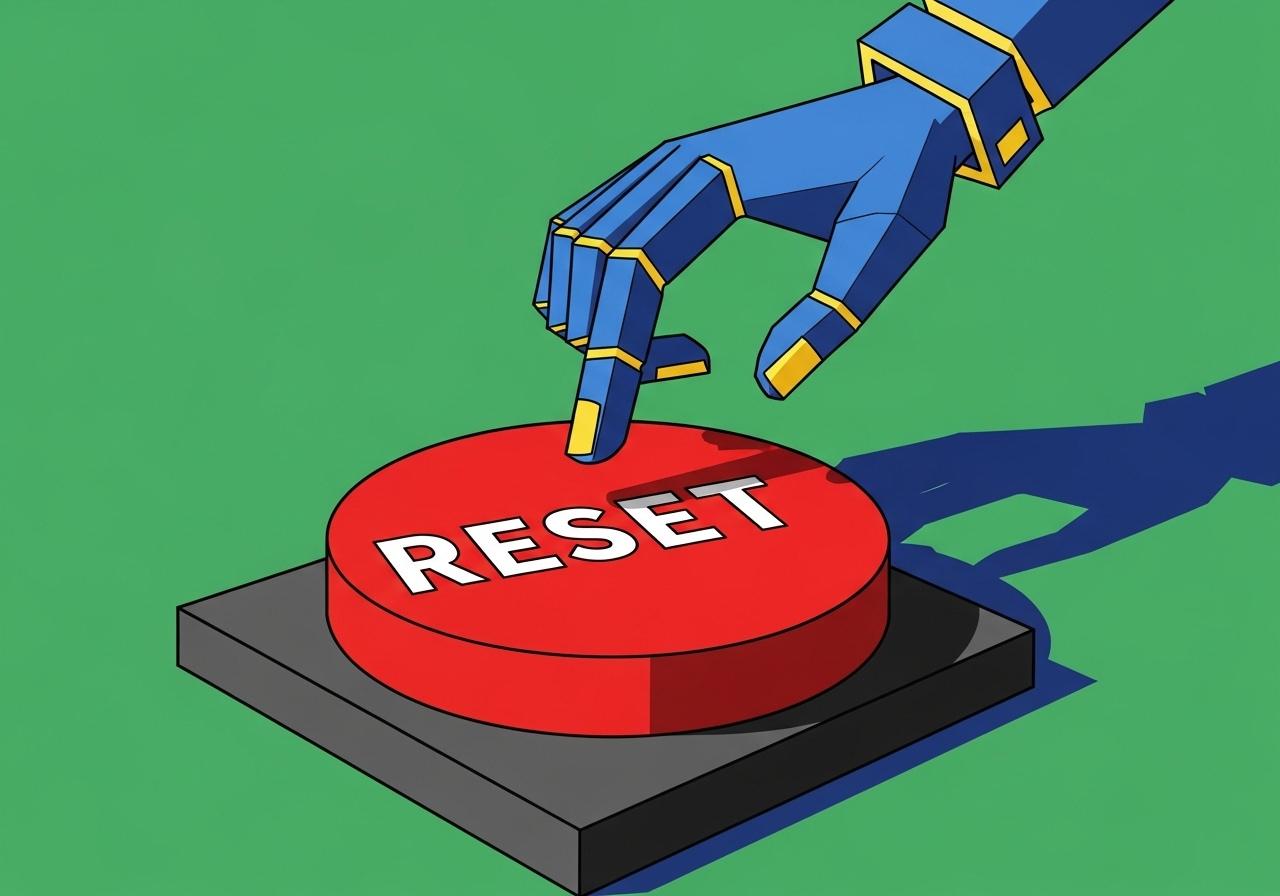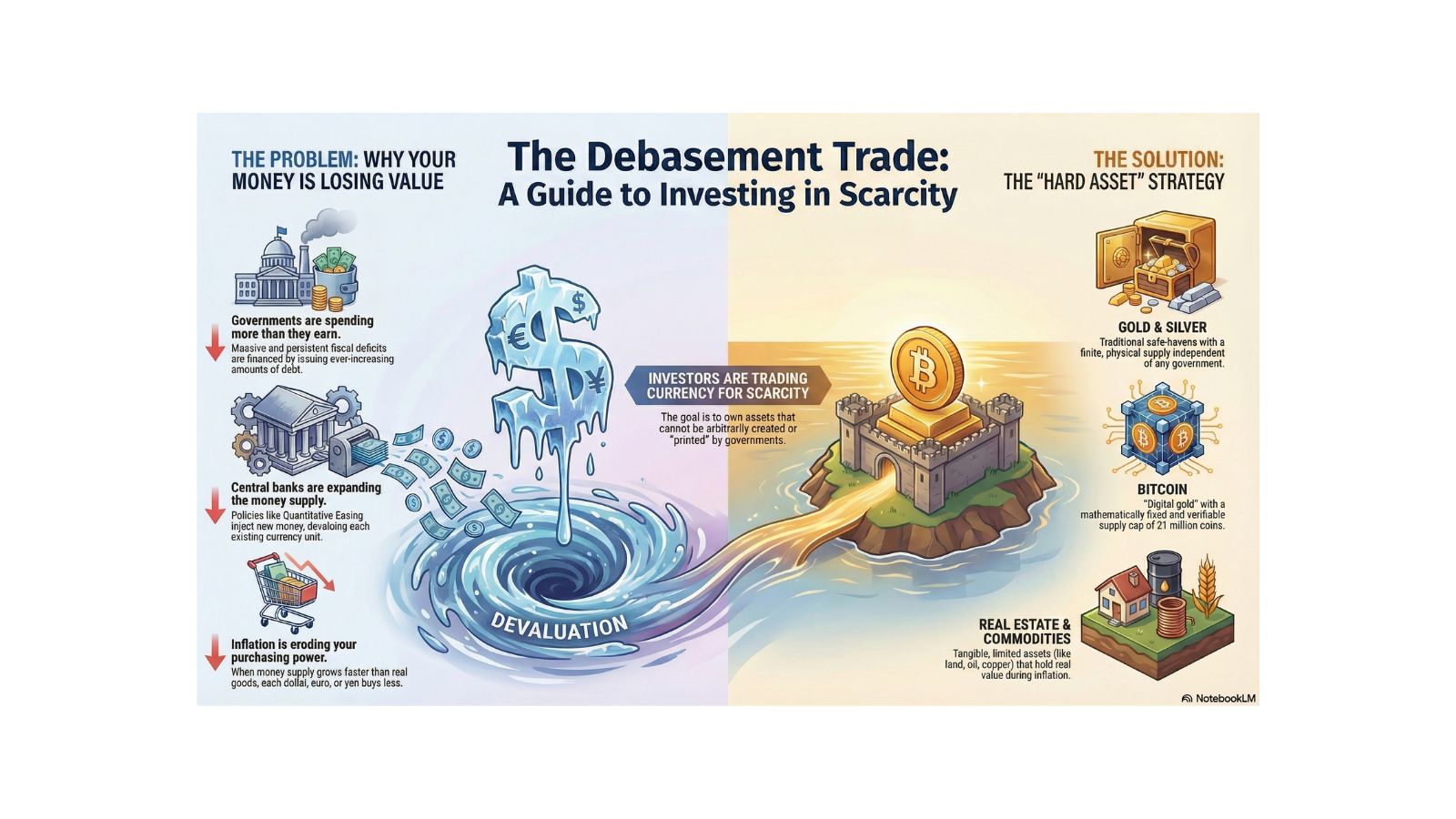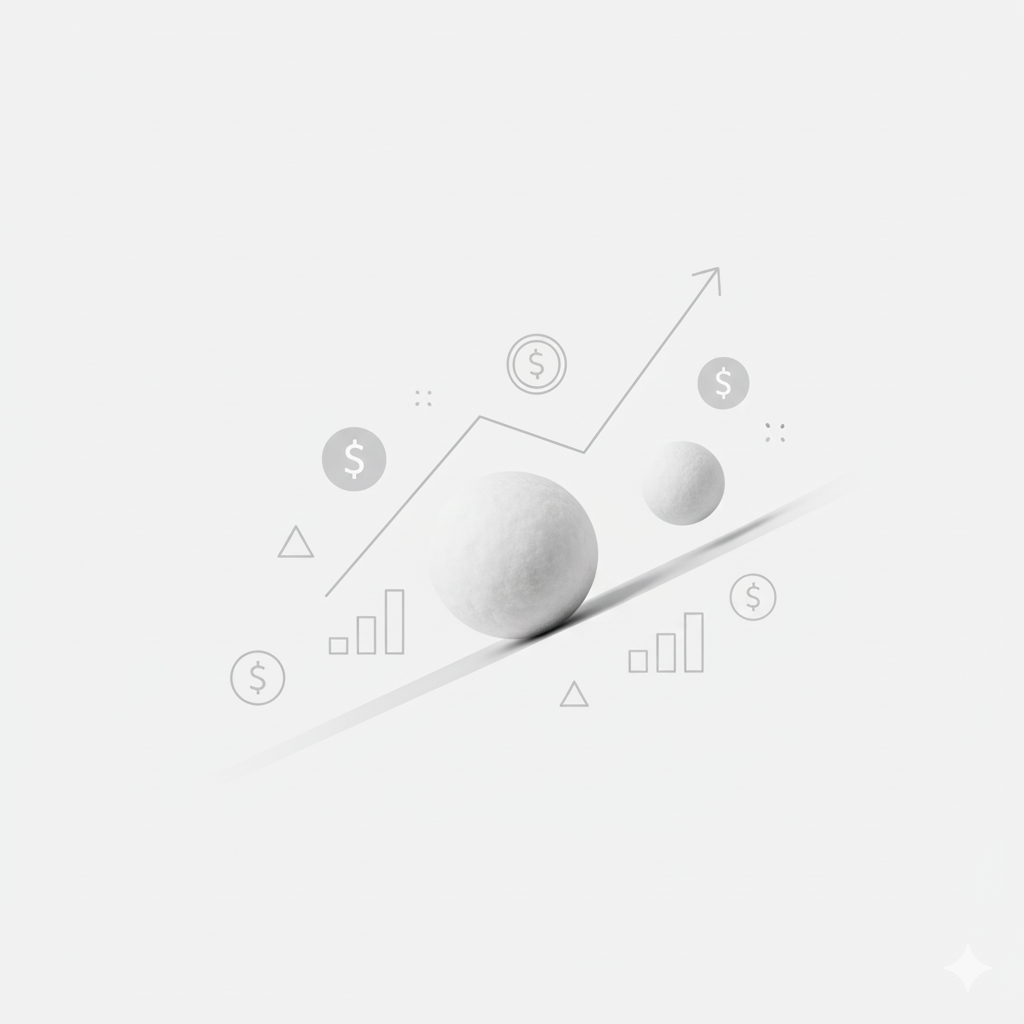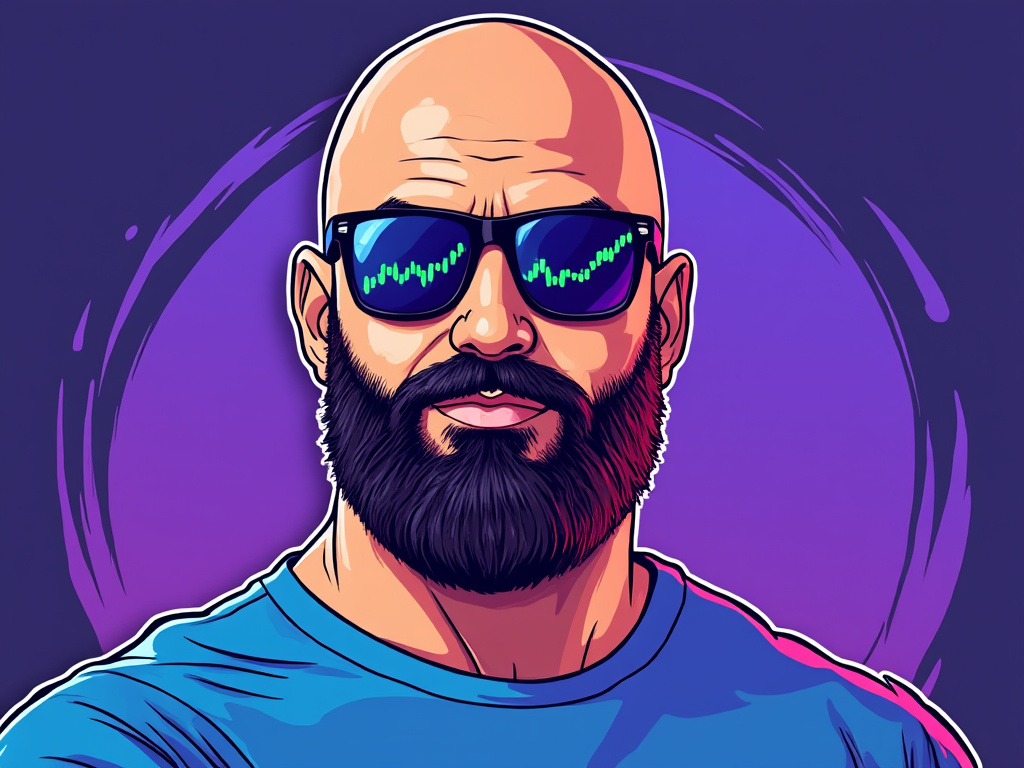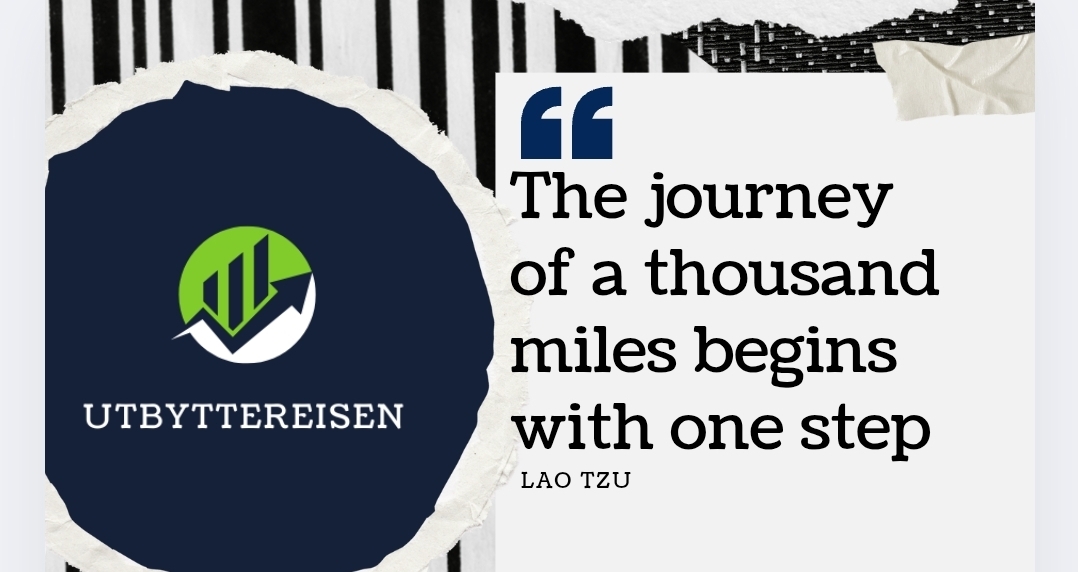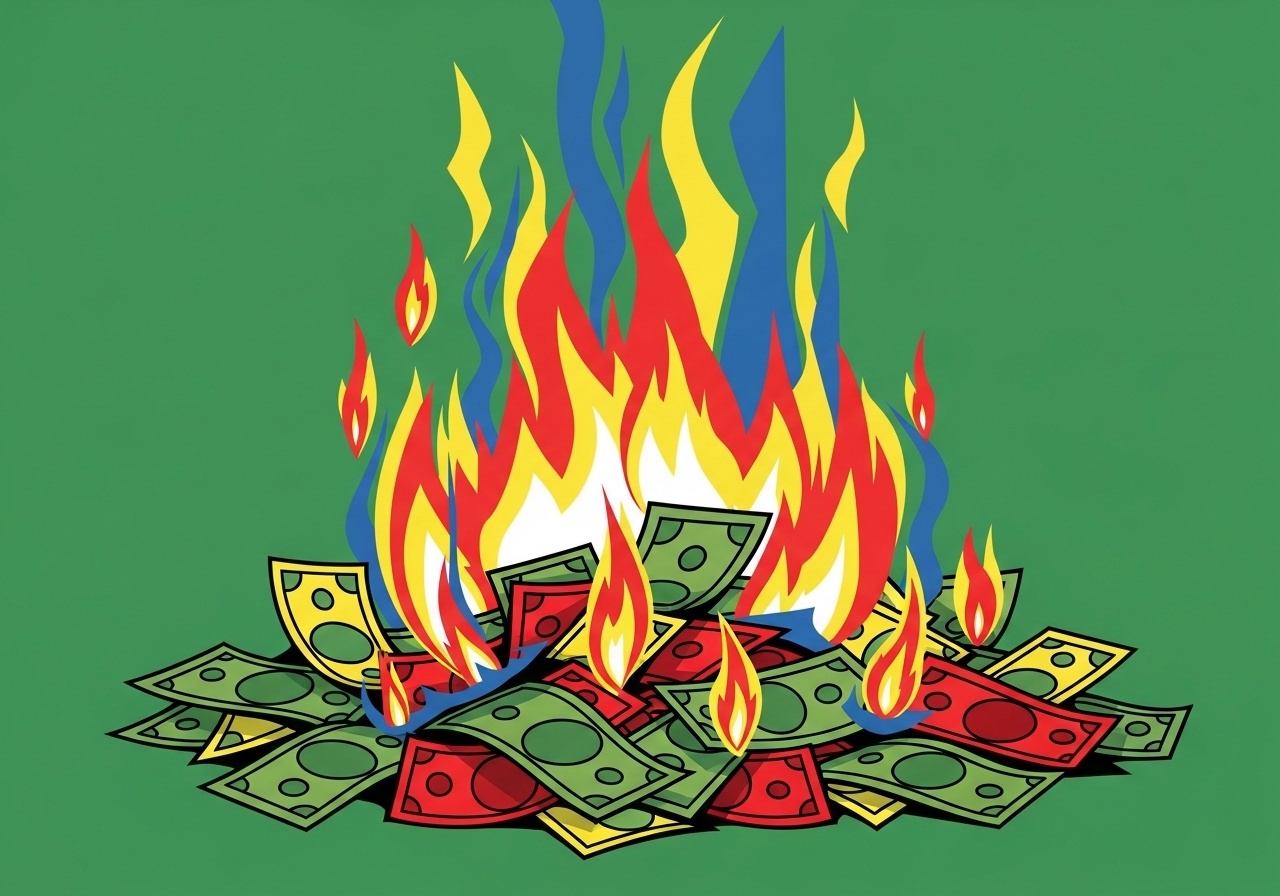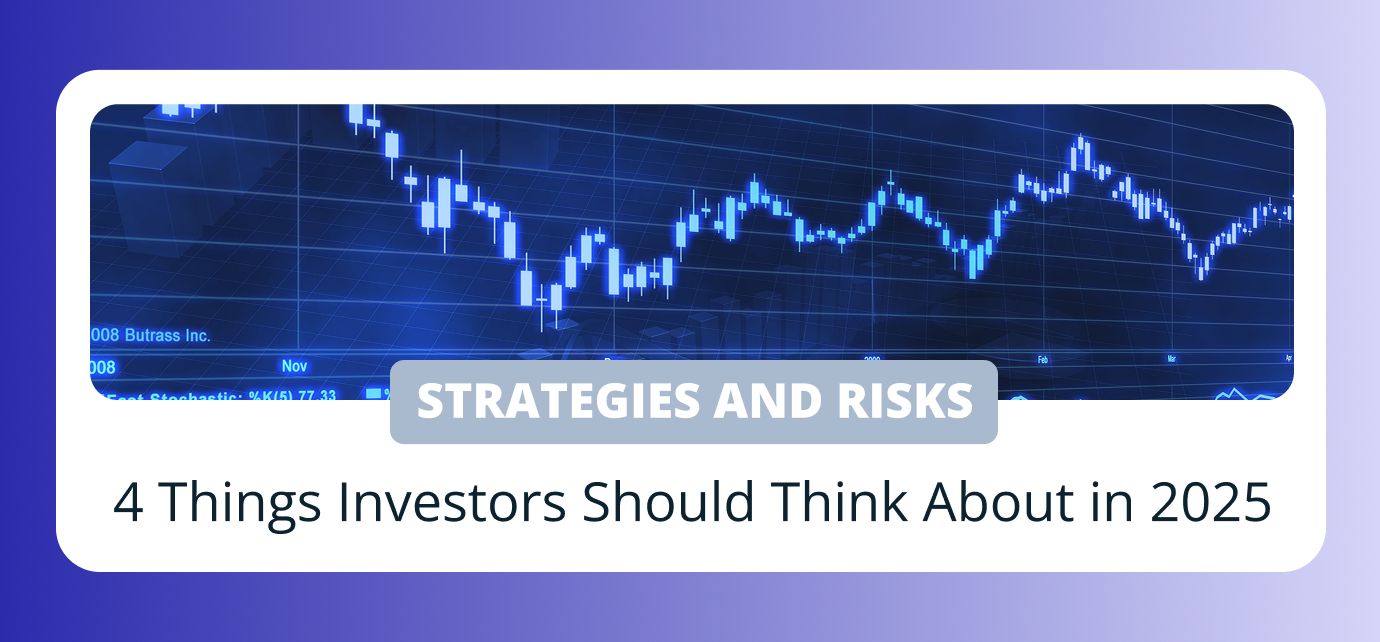Something happened to me almost six years ago—and I’m not even exactly sure where it came from—but I had this epiphany that told me I needed to start investing.
Maybe it was because I was unhappy at my job. Maybe it was because I was 26 and starting to think more seriously about the future. Or maybe it was a combination of the two.
But somehow, I stumbled upon that classic Warren Buffett quote: “If you don’t find a way to make money while you sleep, you will work until you die.”
Well, there was no way in heck I was going to do that. So in February 2020—just a few weeks before the world shut down—I opened an account with Robinhood and told myself I was going to start putting money away every single week.
Even if it took me 30 years, I was going to invest my way out of that job. And even though I had no idea what I was doing, I was determined—and extremely motivated—to learn.
I started off with about $1,800, and over the next few months, as I got my first real reps in with investing, my little starter portfolio grew into quite the motley crew of stocks.
By October that year—right around when I started posting on YouTube—I had a collection of 22 different holdings, most of which paid a dividend (with the exception of a few like Dropbox, Beyond Meat, and Virgin Galactic… I know, it was a different time!).
In addition to my Robinhood portfolio, I also had an old custodial account on Charles Schwab from when I was younger, which definitely wasn’t dividend-focused. But that was also a nice chunk of change that helped serve as a starting point in my new investing journey.
Fun fact: this is the same portfolio I still invest in today—now valued at almost $100,000.
Looking back, I’d say I was off to a decent start—because really, anything’s better than nothing—but I was all over the place.
And if I’m being honest, I had no idea why I was buying any of those stocks. But how could I? I was brand new to investing, had no plan, and was figuring it out as I went.
It wasn’t until January 2021 that I decided to go all in on dividend investing—almost an entire year after I first got started. I owe a lot of that decision to the YouTubers I looked up to at the time (and still do today)—many of whom are now good friends of mine, like Russ Knopf and Ian Lopuch.
Putting this newsletter together actually made me go back and rewatch the old video from a few years ago where I announced that decision, just to hear my reasoning again. What’s funny is, I still stand by everything I said back then.
I still love dividend investing, first and foremost, because I’m still crazy for that cash flow—probably now even more than when I first started. There’s no better feeling than getting a paycheck for doing absolutely nothing (and seeing that income continue to grow every single year).
I also love that dividend income adds an extra dimension to investing. You’re not just relying on share prices going up to generate a return—you’re earning real cash flow along the way.
That cash flow is a true and unmistakable reflection of the company’s operational performance, unlike share prices, which can swing in either direction for reasons that have nothing to do with the underlying business.
Because of that cash flow component, one of my favorite things about dividend investing is that you don’t have to sell your shares later on when you’re ready to start living off your investments.
It’s never made sense to me to spend all those years building up my collection of assets only to then start selling them off. Why would I want to do that?
If you do it right, your wealth can continue compounding even as you pull income from your portfolio—and that wealth can then be passed on to future generations. I think that’s really powerful, and I also think that a multigenerational mindset can positively impact your decision-making today.
There’s no need to speculate with get-rich-quick investments when you’re not in a hurry. There is no finish line or time limit in this infinite game.
With all that said, if I could go back to when I started that Robinhood portfolio in February 2020, I’d do things very differently.
The main thing is that instead of spreading myself thin across a ton of individual stocks (which, again, I had no solid reason for buying), I would’ve started with a much simpler, more straightforward approach to investing.
I think the perfect setup would’ve been just dollar cost averaging into VOO + SCHD, which is actually the same combination I have in my Roth IRA today. Maybe I’d throw in a couple of individual companies on top of that to learn the ropes of analyzing stocks—but that’s it.
A portfolio like that would’ve given me the best of both worlds, and it would’ve been so much easier to manage than the 22 stocks I had back then. More importantly, it would’ve helped me learn how to walk before trying to run—and I definitely came out of the gate at a full sprint.
Now, some people might disagree with this beginner approach. Some might say you should only own ETFs when you’re first starting out.
To be honest, I don’t disagree. That’s pretty sensible advice if you’re going for the most hands-off way to invest.
But if learning about individual companies interests you—like it did (and still does) for me—then I don’t think a hybrid approach like what I described is a bad way to go.
Either way, the big takeaway from all of this is to keep it simple if you’re just starting out. There’s no need to dive headfirst into dozens of different stocks that you don’t yet know how to research.
As a brand new investor, what’s really going to move the needle are your consistent contributions. You’re far better off focusing on growing those than spending all your energy worrying about which stocks to own.
Having said all of that, now I want to hear from you: If you had to start investing from scratch today, what would you do differently? Let me know in the comments below!



